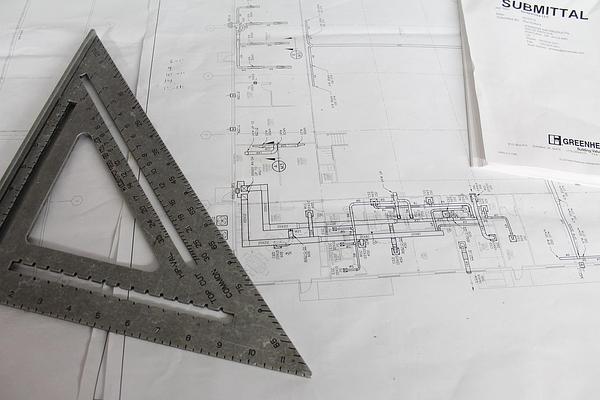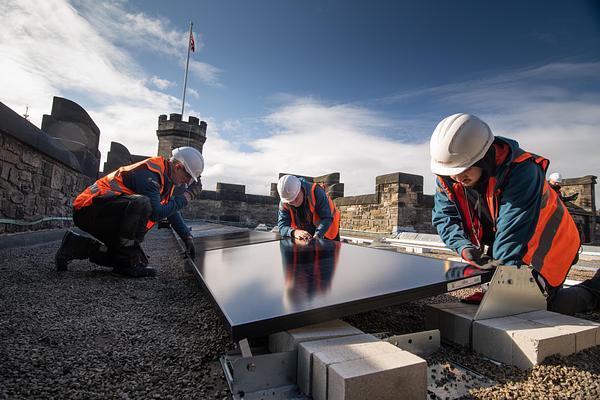Building Decarbonisation, Retrofit and Construction
The building sector contributes approximately 39% of global CO2 emissions (IEA,2018). Decarbonisation of the country’s building stock (both existing and new) will be vital to allow the Scottish Government’s net zero emissions target of 2045 to be met. Building associated emissions can be considered either operational (e.g. energy demand for heating and appliances) or embodied (e.g. material production and construction).
Professional Standards for carbon management of infrastructure projects is provided in PAS 2080: Carbon Management in Infrastructure, BSI 2016.
Definitions: Whole Life, Embodied and Operational Carbon
- Whole Life Carbon emissions are the total of all building related GHG emissions and removals, both operational and embodied, over its life cycle including end of life demolition and disposal.
- Embodied Carbon is the total GHG emissions and removals associated with materials and construction processes throughout the whole life cycle of a building.
- Operational Carbon is the GHG emissions arising from all energy consumed by a building in-use, over its life cycle. This includes emissions associated with heating, cooling and water supply.
For a building to be deemed Net Zero the sum of all related GHG emissions, both operational and embodied, over its entire life cycle should equal zero.
Building Emission Sources
Eliminating building emissions is challenging due to their scale and variety of sources:
- Scope 1 (direct) emissions arise from fuel (e.g. natural gas) combustion occurring within a publicly owned building for the purposes of space and water heating (e.g. in furnaces or boilers) and cooking. Other sources include fugitive emissions from refrigerants used in building appliances or heating systems.
- Scope 2 (indirect) emissions are those associated with the generation and transmission of electricity, heat and cooling which occurs off site, managed by a separate company, and is purchased by a public body for use in their buildings. Purchased steam and heat can be supplied this way if the building is linked to a district heating network.
- Scope 3 emissions cover all other indirect emissions (unaccounted for by scopes 1 and 2) from the value chain of a building which includes its embodied carbon. Examples include raw material extraction, the manufacturing of construction materials e.g. concrete and glass, the transportation of materials and the demolition and disposal of materials after use.
Public Sector Building Landscape
Most publicly owned or controlled buildings are non-domestic. These vary greatly in size and energy consumption. Of the approximately 220,000 non-domestic buildings in Scotland, 23,000 are under public ownership (HiB, 2021). 12% of Scotland’s 2.5 million domestic homes are social housing, with approximately half of these provided by local authorities (NZET report, 2023).




.jpg)